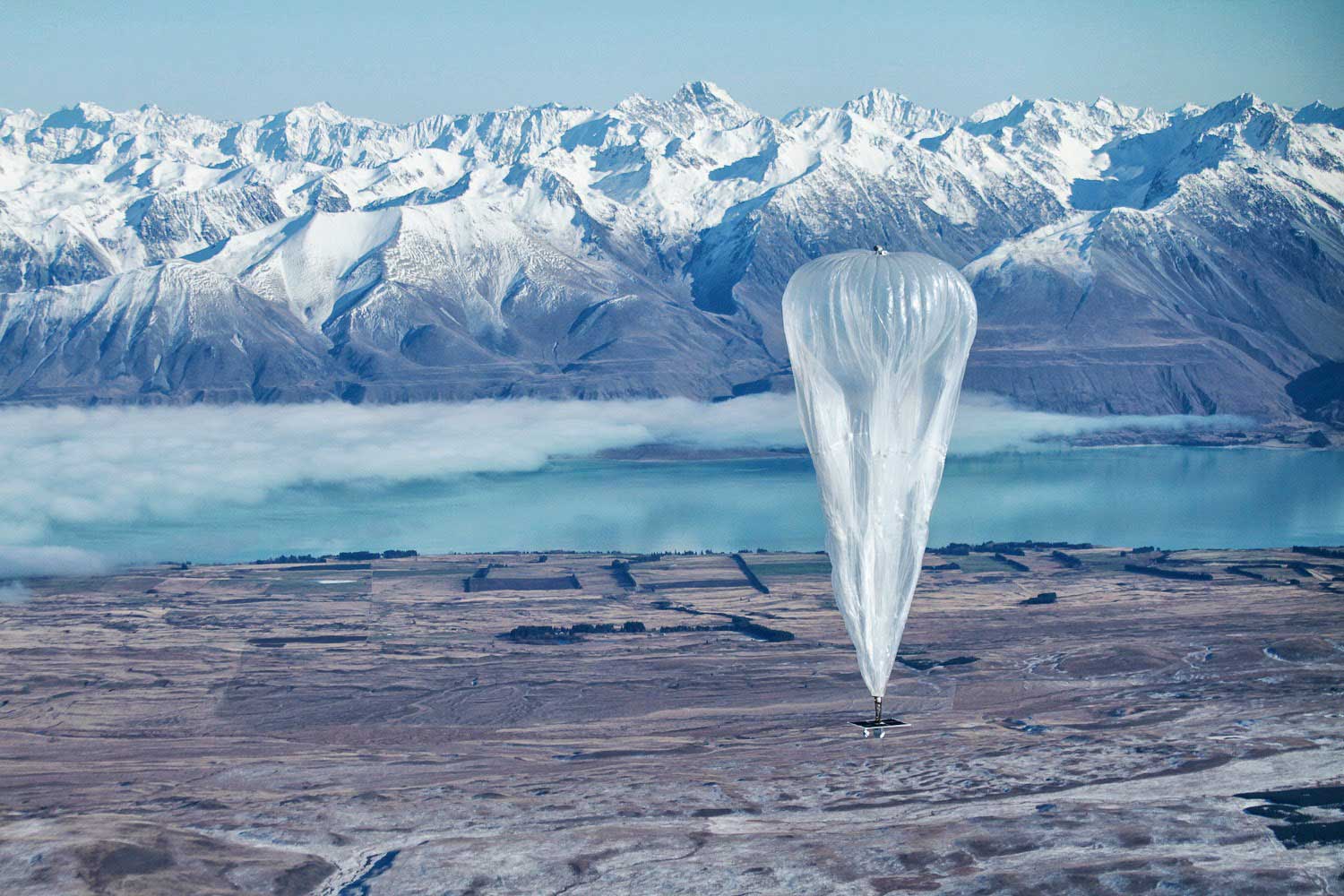
Project Loon, Google’s ambitious plan to deliver Internet access to remote places via balloons, is becoming more than just a moonshot. At its annual I/O developers conference, the company told Bloomberg that it has had two key breakthroughs with Loon recently that could help it scale to achieve its goal.
Initially launching a single balloon required a dozen employees. Now Google has built a 50-ft.-(15-m)-tall, cube-shaped contraption called the Autolauncher, which can send balloons airborne every 15 minutes with the aid of just four people.
Secondly, Google has increased the range the balloons can travel and still carry an Internet connection. The company has developed technology to transfer Internet signals from balloon to balloon, which will allow the balloons to travel up to 497 miles (800 km) away from a ground station that’s connected to the Internet. Previously the balloons could only travel 50 miles (80 km) from a ground station and maintain an Internet signal. With the new innovation, Google will be able to cover the entire region of West Africa using only about eight ground stations.
Though Loon is still in an experimental phase, the advancements mean it may reach commercial deployment sometime in 2016.
More Must-Reads from TIME
- Cybersecurity Experts Are Sounding the Alarm on DOGE
- Meet the 2025 Women of the Year
- The Harsh Truth About Disability Inclusion
- Why Do More Young Adults Have Cancer?
- Colman Domingo Leads With Radical Love
- How to Get Better at Doing Things Alone
- Michelle Zauner Stares Down the Darkness
Contact us at letters@time.com